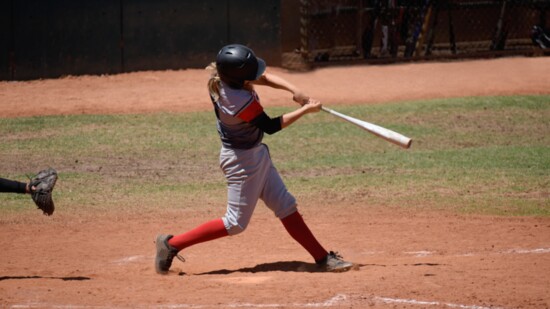In the competitive realm of student athletics, cryotherapy has emerged as a significant trend due to its potential to enhance performance, aid recovery, and support overall well-being. Cryotherapy involves brief exposure to extremely cold temperatures, typically around -200°F, for a few minutes. Here’s how it benefits student athletes:
Cryotherapy primarily accelerates recovery by reducing inflammation and muscle soreness. This process, which constricts blood vessels and lowers metabolic activity, facilitates quicker removal of toxins from muscles, allowing athletes to recover faster and resume training sooner. For student athletes experiencing delayed onset muscle soreness (DOMS), cryotherapy provides relief by numbing nerve endings and triggering endorphin release, thereby reducing pain and improving well-being.
Regular cryotherapy sessions contribute to improved athletic performance by decreasing recovery time and enhancing blood flow and oxygen delivery to muscles. This can lead to better endurance and overall performance, while the mental clarity from endorphin release offers a psychological edge. In terms of injury prevention, cryotherapy strengthens muscles and joints, reducing inflammation and promoting faster healing of micro-injuries. This resilience helps athletes maintain peak performance throughout the season.
Beyond physical benefits, cryotherapy supports mental health by reducing stress and anxiety levels through endorphin release, crucial for athletes balancing academic and athletic pressures. Additionally, cryotherapy boosts the immune system, protecting athletes from illnesses and infections, and enhances sleep quality by reducing discomfort and promoting relaxation.
Metabolically, cryotherapy increases metabolic rate, aiding calorie burning and weight management, crucial during intense training phases. Skin health also improves with cryotherapy, as it boosts blood flow and reduces inflammation, benefiting athletes prone to skin issues due to sweating and equipment use. Lastly, cryotherapy is convenient, with sessions lasting a few minutes, fitting well into busy student schedules without the setup required for traditional ice baths.
In conclusion, cryotherapy offers a comprehensive solution to the challenges faced by student athletes, supporting accelerated recovery, enhanced performance, mental well-being, and overall health. As its popularity grows, more student athletes are incorporating cryotherapy into their routines to achieve peak performance while managing their demanding schedules effectively.
Cryotherapy primarily accelerates recovery by reducing inflammation and muscle soreness. This process, which constricts blood vessels and lowers metabolic activity, facilitates quicker removal of toxins from muscles, allowing athletes to recover faster and resume training sooner.
